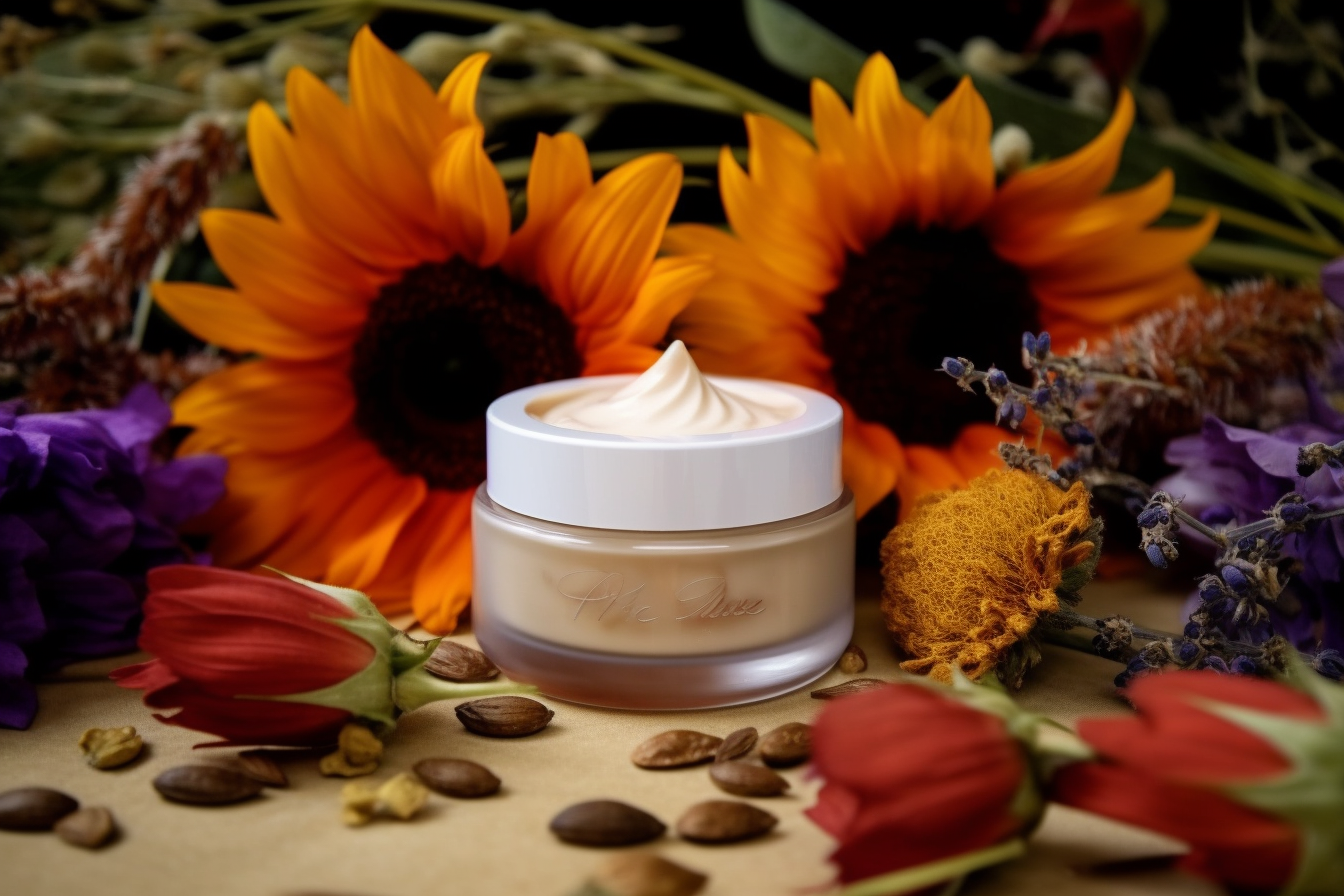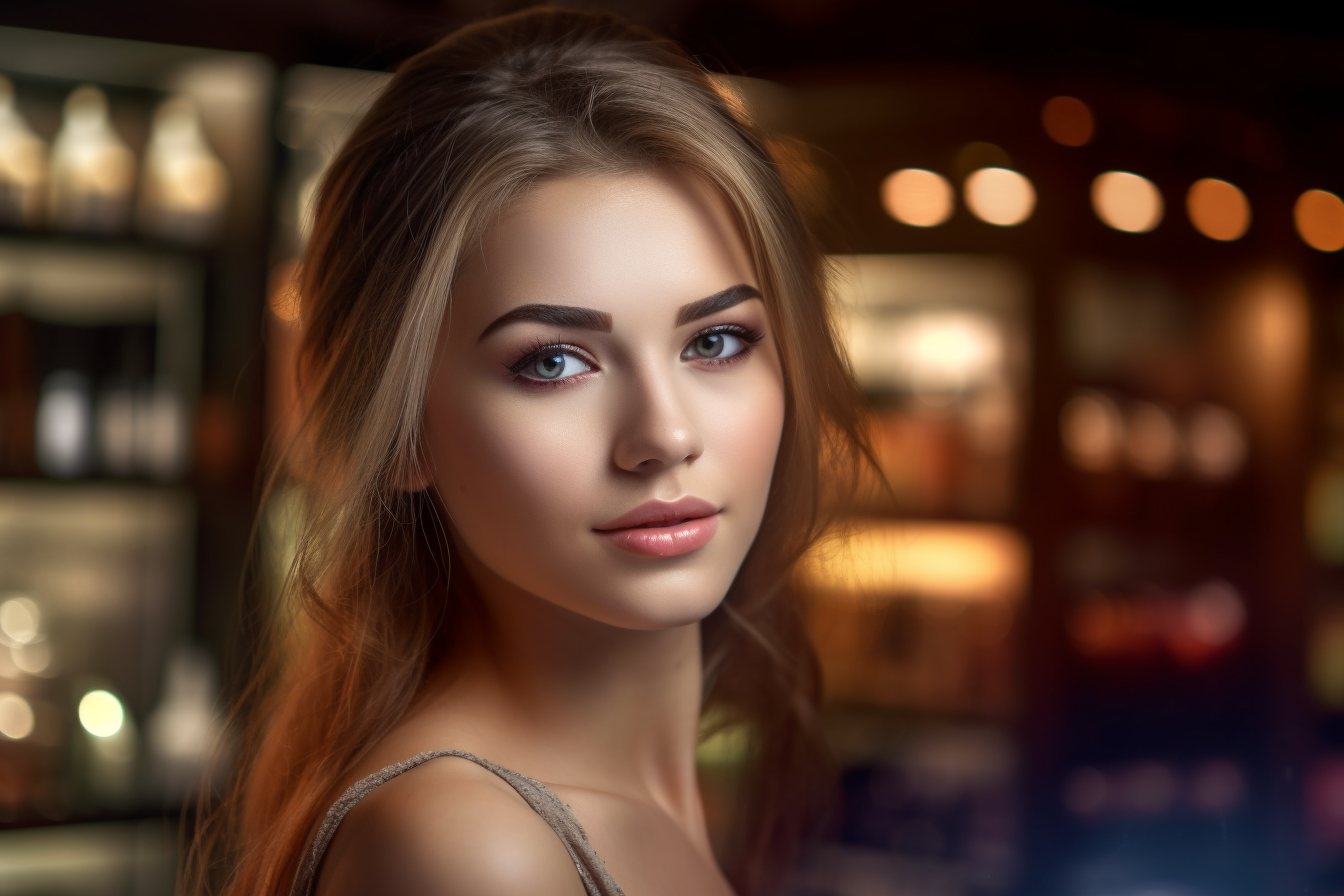 Cosmetics have become an integral part of our daily routine, used to enhance our appearance and boost our confidence. However, it is essential to understand the ingredients in the cosmetics we use to ensure their safety and efficacy.
This article aims to provide an in-depth analysis of the common ingredients used in cosmetics, such as preservatives, thickeners, colors, and fragrances, and their role in the final product.
As consumers, we have a subconscious desire for control, and understanding the ingredients in our cosmetics is the first step towards achieving that control. With the abundance of cosmetic products available in the market, it can be overwhelming to decipher the labels and understand the ingredients.
Therefore, this article aims to provide a comprehensive guide to help consumers understand the components of their cosmetics and make informed decisions when it comes to purchasing and using them.
So, let’s delve into the world of cosmetic ingredients and discover what goes into the products we use every day.
Cosmetics have become an integral part of our daily routine, used to enhance our appearance and boost our confidence. However, it is essential to understand the ingredients in the cosmetics we use to ensure their safety and efficacy.
This article aims to provide an in-depth analysis of the common ingredients used in cosmetics, such as preservatives, thickeners, colors, and fragrances, and their role in the final product.
As consumers, we have a subconscious desire for control, and understanding the ingredients in our cosmetics is the first step towards achieving that control. With the abundance of cosmetic products available in the market, it can be overwhelming to decipher the labels and understand the ingredients.
Therefore, this article aims to provide a comprehensive guide to help consumers understand the components of their cosmetics and make informed decisions when it comes to purchasing and using them.
So, let’s delve into the world of cosmetic ingredients and discover what goes into the products we use every day.
Key Takeaways
- Cosmetics have a long history and have evolved to become more accessible for both men and women.
- It is important to understand the ingredients in cosmetics as some still use dangerous ingredients such as formaldehyde and salicylic acid.
- Basic components of cosmetics include water, emulsifiers, preservatives, thickeners, colors, and fragrances, which must be understood in terms of types and quantities used
- Growing a lasting cosmetic brand requires a solid strategy, and social media platforms such as Facebook, Twitter, Instagram, YouTube, TikTok, and LinkedIn can be useful for connecting with customers.
Common Cosmetic Components
The basic components of cosmetics include water, emulsifiers, preservatives, thickeners, colors, and fragrances. While all of these components are important to the overall formulation of a cosmetic product, it is particularly important to understand the types and quantities of emulsifiers, preservatives, and thickeners used when examining the safety of cosmetic ingredients. Emulsifiers, for example, are used to create a stable mixture of oil and water in a product, but some types of emulsifiers have been linked to skin irritation and other adverse reactions. Similarly, preservatives are necessary to prevent the growth of harmful bacteria and mold in a cosmetic product, but some preservatives, such as formaldehyde and parabens, have been associated with health concerns. Understanding the safety of cosmetic ingredients is important for consumers who want to make informed choices about the products they use on their skin. One factor to consider is the impact of natural versus chemical ingredients on skincare. While natural ingredients may be perceived as safer or better for the skin, it is important to remember that not all natural ingredients are safe and not all chemicals are harmful. It is necessary to evaluate the specific ingredients used in a product to determine their safety and potential impact on skin health.Preservatives and Thickeners
Preservatives and thickeners are crucial components in cosmetic formulations that ensure the stability and longevity of the products. Preservatives are used to prevent the growth of harmful microorganisms, such as bacteria and fungi, that can cause contamination and spoilage of the cosmetic products. Thickeners, on the other hand, are used to increase the viscosity of the formulations, improving their texture, and enhancing the sensory experience for the users. However, the use of certain preservatives and thickeners in cosmetics has raised concerns about their safety and potential health risks. For instance, formaldehyde-releasing preservatives, such as DMDM hydantoin and quaternium-15, have been linked to cancer and allergic reactions. Similarly, parabens, a commonly used class of preservatives, have been associated with hormonal disruptions and reproductive system disorders. Therefore, it is essential to understand the role of preservatives and thickeners in cosmetics and their potential dangers to make informed choices about the products we use.| Preservatives | Thickeners |
|---|---|
| Formaldehyde-releasing agents | Lipids |
| Parabens | Natural |
| Benzyl alcohol | Synthetic |
Colors and Fragrances
Colors and fragrances are additional components that are commonly used in cosmetic formulations. Colors are added to give the product an attractive appearance, while fragrances are used to add a pleasant scent. Synthetic colors and fragrances are commonly used due to their affordability, consistency, and availability. However, some synthetic colors and fragrances have been linked to potential health risks, such as skin irritation, allergies, and even cancer. Some natural colors and fragrances are also used in cosmetics, such as beetroot extract, turmeric, and lavender oil. These natural ingredients may be less harmful, but they can be more expensive and less consistent in terms of color and scent. Cosmetics companies often use a combination of synthetic and natural colors and fragrances to achieve the desired effect. However, consumers should be cautious when using products that contain synthetic colors and fragrances. It is recommended to read the ingredient labels carefully and avoid products that contain ingredients that may cause adverse reactions. Additionally, consumers can opt for products that use natural colors and fragrances, but it is still important to check for potential allergens. Overall, it is crucial to be mindful of the ingredients in cosmetics to ensure that they are safe and beneficial for use on the skin.Are There Specific Ingredients I Should Look for in Skincare Products for Mature Skin?
When searching for skincare products suitable for mature skin, consider a few tips for mature skincare. Look for ingredients like retinol and hyaluronic acid. Retinol helps reduce fine lines and wrinkles, while hyaluronic acid moisturizes and plumps the skin. Additionally, seek out antioxidants such as vitamin C and coenzyme Q10, which help combat aging signs. Protect and nourish your mature skin with products containing these beneficial ingredients.
Frequently Asked Questions
Are there any natural alternatives to the commonly used preservatives and thickeners in cosmetics?
Natural preservatives and thickener alternatives are gaining popularity in the cosmetics industry due to the increasing demand for clean and sustainable products. Some natural preservatives include grapefruit seed extract, rosemary extract, and tea tree oil, which have antimicrobial properties. Natural thickeners such as xanthan gum, guar gum, and carrageenan are derived from plants and algae. These alternatives not only offer a safer and more environmentally friendly option but also provide added benefits to the skin. However, it is important to note that natural ingredients may still cause allergic reactions, and their effectiveness may vary depending on the formulation and storage of the cosmetic product. Therefore, it is crucial to conduct thorough research and testing before using natural preservatives and thickeners in cosmetics.How do different skin types affect the choice of cosmetic ingredients?
 When formulating cosmetics, it is essential to consider the various skin types that exist, as this can greatly affect the choice of ingredients used.
For instance, individuals with sensitive skin require gentle formulations that are free from harsh irritants such as fragrances and certain preservatives like formaldehyde.
On the other hand, oily skin types require formulations that are lightweight and oil-free to avoid clogging pores and exacerbating acne breakouts.
Additionally, certain ingredients such as salicylic acid and benzoyl peroxide are effective in treating acne-prone skin.
Thus, a thorough understanding of the properties of different skin types is crucial in the development of cosmetics that cater to the unique needs of consumers.
When formulating cosmetics, it is essential to consider the various skin types that exist, as this can greatly affect the choice of ingredients used.
For instance, individuals with sensitive skin require gentle formulations that are free from harsh irritants such as fragrances and certain preservatives like formaldehyde.
On the other hand, oily skin types require formulations that are lightweight and oil-free to avoid clogging pores and exacerbating acne breakouts.
Additionally, certain ingredients such as salicylic acid and benzoyl peroxide are effective in treating acne-prone skin.
Thus, a thorough understanding of the properties of different skin types is crucial in the development of cosmetics that cater to the unique needs of consumers.
